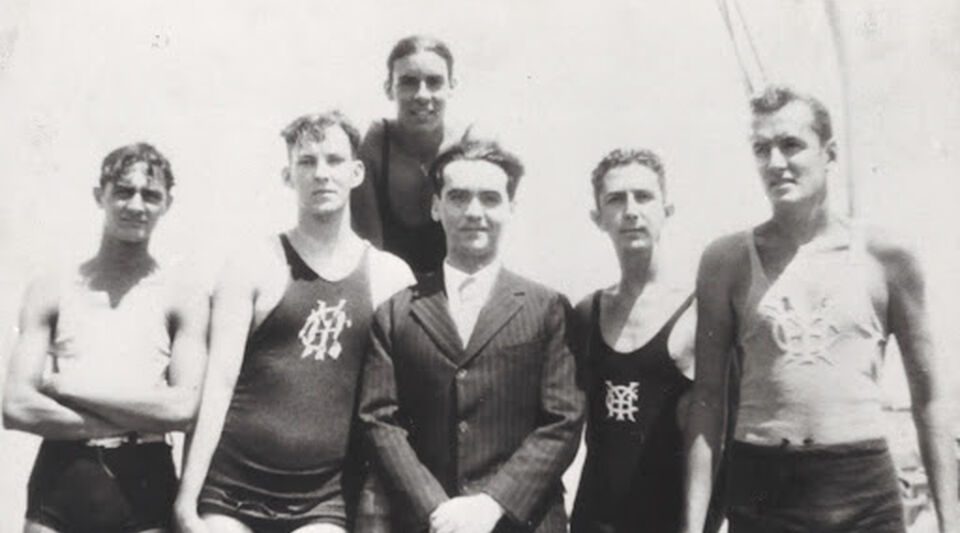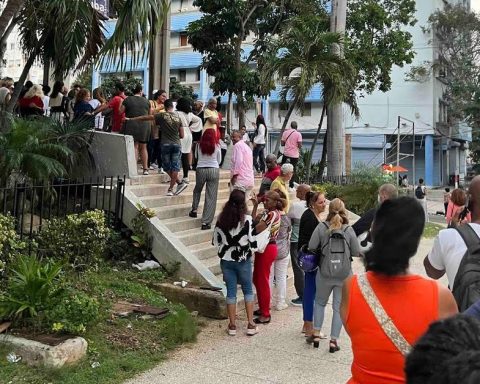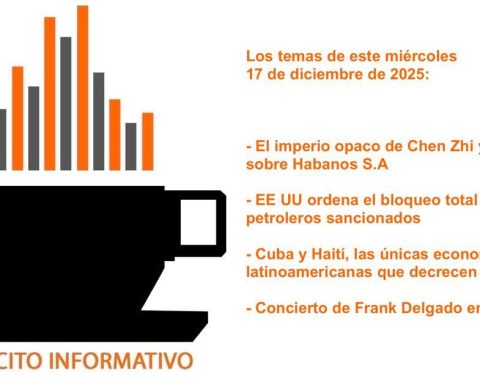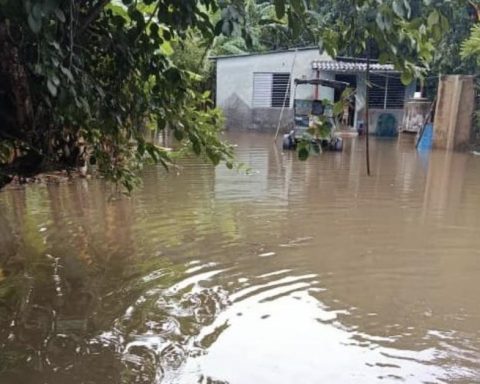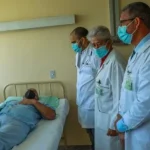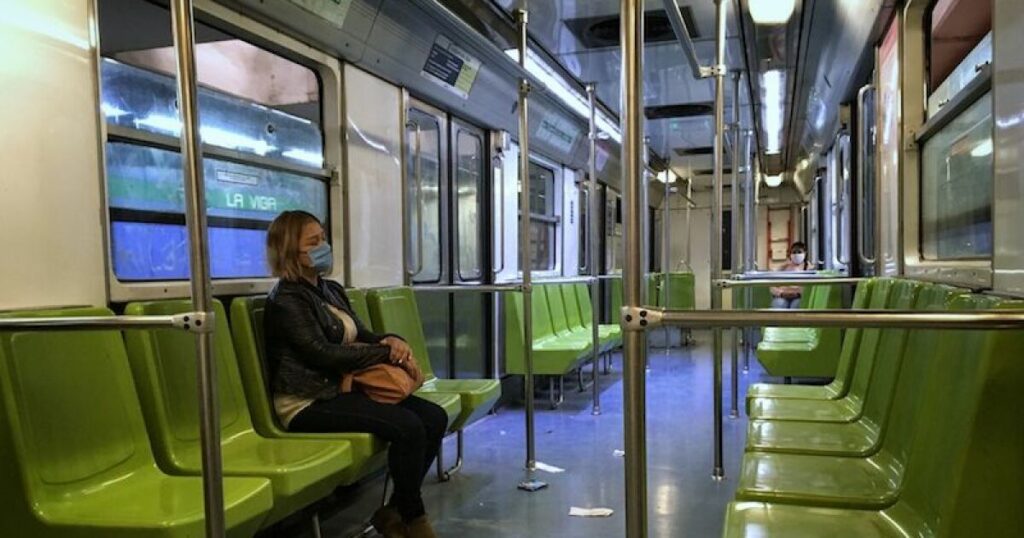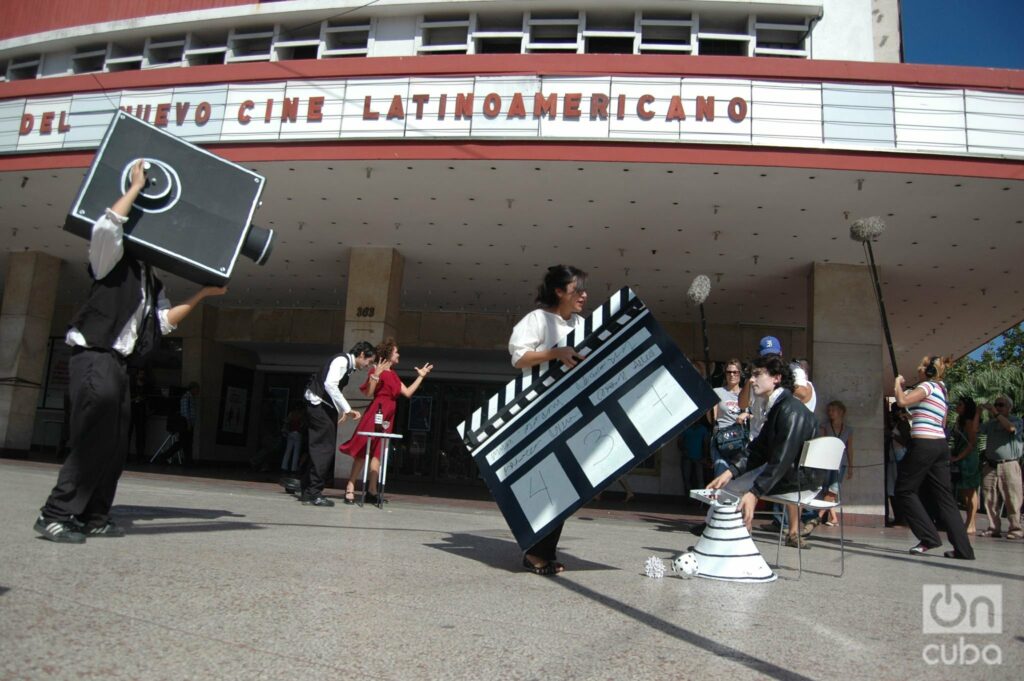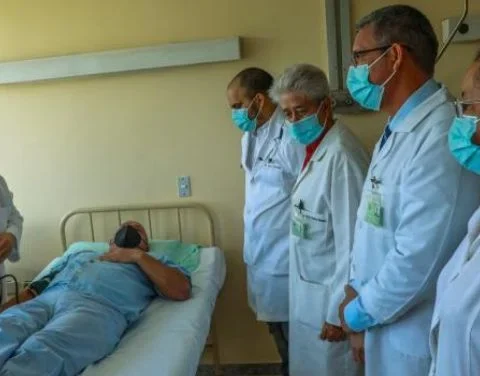Federico García Lorca’s first adventure through America could not have been more beneficial. The young man who left wounded in love in 1929 for the United States was nothing like the one who returned to Cádiz on June 30, 1930 aboard the steamer Manuel Arnús. There he began to write Poet in New Yorka book that he gave to José Bergamín shortly before he was shot in 1936 and that he published in 1940. Federico went further with him and in it than with any other collection of poems.
In New York he attended the stock market crash and was protected by friends, but it was in Cuba where he smiled again. On the Island he lived 98 intense and crazy days that the journalist and writer Víctor Amela unravels in the novel if i get lost (Destiny), a title that refers to the fragment of a letter from 1930 in which he wrote: “This island is a paradise. Cuba. If I get lost, let them look for me in Andalusia or Cuba.”
Why write about those three months? “Because Federico García Lorca confessed when he set sail from Cuba that he had lived there ‘the best days’ of his life. It was from March to June 1930. Lorca was vitalistic, happy and enjoyed the senses, and a sumptuous Cuba offered him all the pleasures sensory: the music of black soneros, the rum, the ice creams and Havana cocktails, the exuberance of the landscape and the beauty of men and women of all skin tones.Behind the tragedy and sorrow of his murder, I wanted to know better that rumbero and tropical Lorca. And then tell it, “says Víctor Amela to La Lectura.
In principle, Lorca traveled to Cuba to give three conferences in one week, but he gave nine in those 98 days in which he also attended Santeria ceremonies, had fun day and night, and also wrote and drew. “He was a spectator at the rogue Teatro Alhambra, which encouraged him to write there The publica homosexual drama in which he makes peace with his intimate self”. And the legend of timethat popularized Camarón de la Isla. “Lorca got lost in Cuba and found himself again, he put aside outdated prejudices. Lorca paid tribute to the gifts of Cuba in his musical poem Arewritten during an initiatory train trip across the Island and at night, from Havana to Santiago (‘I will go to Santiago’).” In Cuba he also finished a transcendental poem in Federico’s work, Ode to Walt Whitmanrecalls the professor and doctor in Art History José Luis Plaza Chillón, author of the recent study The Apocalypse according to Federico García Lorca. The New York cartoons (Comares).
Nothing to do with the one who arrived in New York in June 1929, a man abandoned by his lover, the sculptor Emilio Aladrén, who preferred a woman, and “snubbed by his close friend Salvador Dalí, for going with Buñuel to Paris and for having made his Gypsy Ballads ugly. Lorca sank into a depression. To get him away from his sorrows and his family fearing suicide, he embarked on a transatlantic bound for New York, supervised by Fernando de los Ríos, “says Amela.
But what he finds in the symbol of progress is not pleasant. “New York receives the sad Lorca with the suicides of the crash of 1929, which he witnesses in horror. He is disgusted by the crudeness of capitalist modernity and the Anglo-Saxon and Protestant coldness, and he will only empathize with the suffering of the blacks of Harlem, the children and the poor”.
That trip is very important in the radical turn of his poetry. It is analyzed by Ian Gibson, one of the leading specialists in the poet from Granada: “Before going to New York, he was already entering the orbit of surrealism, pressured from Paris by Dalí and Buñuel. The film script he made in New York as answer to an Andalusian dogentitled trip to the moonIt’s totally surreal. And the poems, sometimes diatribes against the cruelty of the contemporary world, are of immense force. In them, with a few exceptions, Spain hardly appears. As for the theater, it seems that New York began The publichis most surrealist play, which would end in Cuba”.
“He recovers his beloved language, sunlight and colors, his Catholic virgins (syncretized with Yoruba saints), sensuality and beauty… In that glittering Cuba Federico feels more at home and rooted than ever”
After 10 months in New York, back in Spain, he stops in Cuba, “where he recovers his beloved language, sunlight and colors, his Catholic virgins (syncretized with Yoruba saints), sensuality and beauty… In that glittering Cuba, Federico feels more at home and rooted than ever,” Amela points out.
Cuba, where he turned 32, entered him through all his pores, it enticed him. Not only the weather and living on the street. With her ease in making friends, she found characters like those of the Loynaz family, who lived off the income of a millionaire mother on the Casa Encantada estate, where they preferred carbide to electric light. Enrique Loynaz used to sleep in a coffin, Dulce María (who would win the Cervantes Prize in 1992) as well as a lawyer collected cups and tea spoons, Carlos Manuel tied one of the family dogs to the piano so that he could listen to his recital… And Flor, homosexual and poet, Federico’s favourite. He called her “my Cuban virgin.”
They both loved religious imagery and the two of them were traveling at full speed in a 1930 Fiat convertible driven by the girl, Federico dressed in a white denim suit. Such was the relationship that the poet agreed to some suggestions from Flor en Yerma and ended up giving her the original manuscript of the work. Dulce María and Flor, with Fidel Castro in power, began to collect a state pension. Flor ended up alone, with a shotgun (for fear of dying hacked to pieces like her maternal grandparents) and 40 dogs.
“In Cuba, Lorca had many affairs, a lot of freedom to be who he was. There he freed himself completely, it seems. The success of his conferences was explosive, everyone wanted to be in a photo with him. There are thousands of anecdotes, many I heard them myself south place when I was there in 1986 preparing the second volume of my biography of the poet,” says Gibson.

Lorca even spent a night in the dungeon after a bender. From there he was rescued by Luis Cardoza y Aragón, a Guatemalan writer who had barely been in the Embassy of his country in Havana for a few weeks, according to Víctor Amela. He even had surgery for moles at the Fortún y Souza clinic in Havana.
In Cuba he met a young law student and poet who also squeezed his tongue to the limit, José Lezama Lima. Years later, the author of that immense hieroglyph that is paradise he remembered him thus after attending Lorca’s last conference in Havana: “His voice took on a serious intonation like that of a bell struck with a fine clapper that suddenly stopped the excessive prolongation of the echoes.” Luis Cardoza was more direct: “Her laugh at her was a naked girl.”
On March 8, 1930, the day after arriving at the port of the Caribbean capital aboard the steamship Cuba, the poet wrote to his family: “The arrival in Havana has been an event, since these people are exaggerated like few others. But Havana is wonderful, both old and modern. It’s a mix of Malaga and Cadiz, but much more lively and relaxed because of the tropics.”
Weeks later he reports a crocodile hunt. “I saw crocodiles four and six meters long in fabulous numbers,” but he did not say that he had attended a demonstration against the installation of telephones, since the Cuban Telephone Company had put “nickel slots,” slot machines, in the apparatus of the stores, with which the merchants did not earn anything.
The stay in New York and Cuba was actually a flight that José Luis Plaza Chillón relates to other exiles: those of André Gide to Tunisia, of Jean Genet to Morocco, of Pierre Loti to Turkey, of EM Forster to India or of Henry from Montherlant to Spain. “The literature of the 20th century written by homosexuals often presents the theme of exile, especially in what involves intimate estrangement. Lorca becomes, like other great artists exiled in modernity (Gauguin, Rimbaud or Kafka) in a prototypical creator to understand part of the quest of the 20th century”.
They are black in Cuba
When the full moon arrives I will go to Santiago de Cuba,
I will go to Santiago
in a black water car.
I will go to Santiago.
The palm roofs will sing.
I will go to Santiago.
When the palm wants to be a stork,
I will go to Santiago.
And when the banana wants to be jellyfish,
I will go to Santiago.
I will go to Santiago
with the blond head of Fonseca.
I will go to Santiago.
And with the pink of Romeo and Juliet
I will go to Santiago.
Oh Cuba! O rhythm of dry seeds!
I will go to Santiago.
O warm waist and wooden drop!
I will go to Santiago.
Harp of living trunks, alligator, tobacco flower!
I will go to Santiago.
I have always said that I would go to Santiago
in a black water car.
I will go to Santiago.
Breeze and alcohol in the wheels,
I will go to Santiago.
My coral in the dark,
I will go to Santiago.
The sea drowned in the sand,
I will go to Santiago.
White heat, dead fruit,
I will go to Santiago.
Oh bovine cane freshness!
Oh Cuba! Oh curve of sigh and mud!
I will go to Santiago.
___________________________________________
Editor’s Note: This article was originally published on October 10, 2022 at The reading, cultural supplement of the Spanish newspaper The world. We reproduce it with the authorization of the medium.
________________________
Collaborate with our work:
The team of 14ymedio is committed to doing serious journalism that reflects the reality of deep Cuba. Thank you for joining us on this long road. We invite you to continue supporting us, but this time becoming a member of our newspaper. Together we can continue transforming journalism in Cuba.
